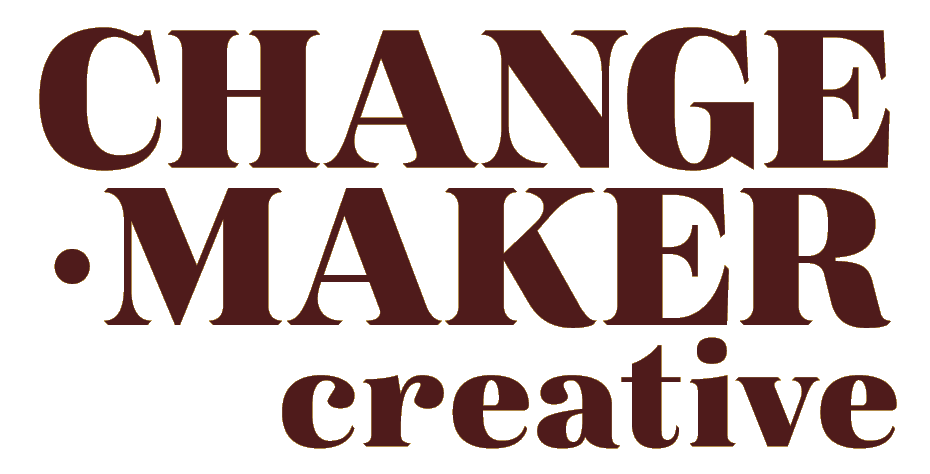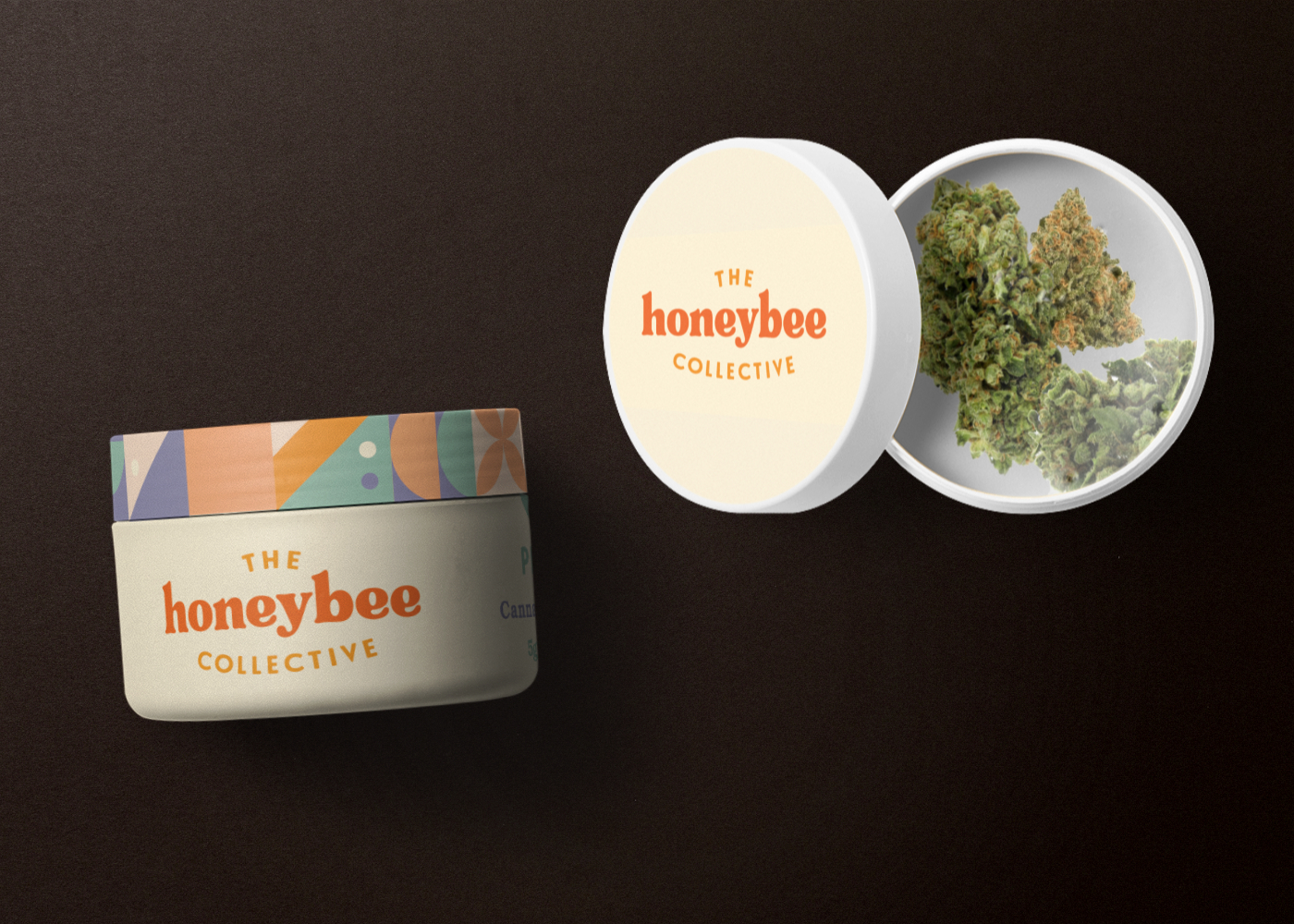The Green Mountain State of Vermont is one of the most recent states to have legalized recreational cannabis. Currently in Vermont, Adults age 21+ can possess up to one ounce of cannabis, as well as two mature and four immature plants, for medical or adult recreational use.
It’s been legal to grow, share, and consume cannabis in Vermont since 2018 for personal and medical use, but now begins the next phase, with cannabis retail stores, recreational dispensaries are scheduled to open on late 2022.
Only 5 medical dispensaries are currently in operation around Vermont, with the first recreational dispensaries are set to open in October 1st 2022.
There are a brand new kind of restrictions with cannabis packaging in Vermont.
Exciting times!
Overview of Vermont cannabis packaging regulations
The rules are very similar to other states. There are child resistant packaging requirements, warning text requirements, and an icon to include on the package. But there’s things that are different in Bernie Sanders home state than elsewhere. In addition to the normal requirements of warnings about child safety and child resistant packaging, VT is also taking a stance on packaging sustainability for cannabis.
What are the main rules around Vermont cannabis packaging?
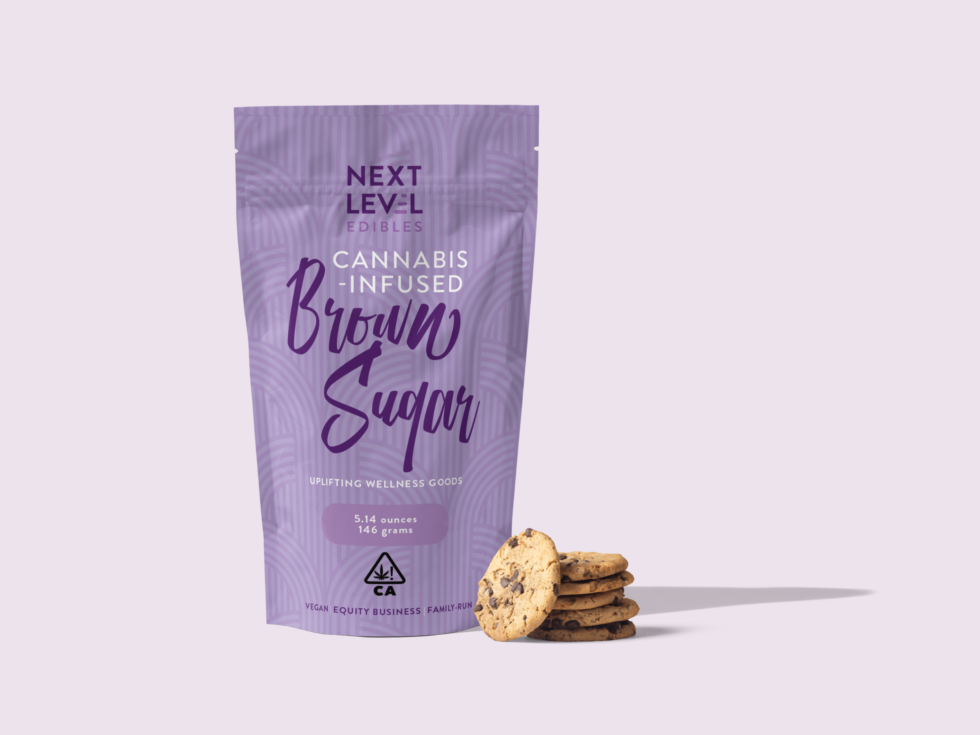
No plastic
In general: consumer packaging for cannabis products shall be reusable* and shall not be plastic*. Examples of reusable, non-plastic packaging materials include glass, tin, cardboard, and bamboo.
For wholesale, transporting things in plastic tubs and turkey bags are fine. “This rule does not apply to packaging used solely for the transfer of cannabis or cannabis products between licensees.”
What do I think? I applaud the no single use plastic rule. I am surprised that they do not seem to make any distinction between plant based plastic or compostable plastic, which in my opinion, would comply with the spirit of the law, and not create plastic packaging waste.
Things like prerolls would be so much easier to package in a compostable doob tube than in a glass or metal tube. I do hope they amend to include compostables as an alternative to reusables.
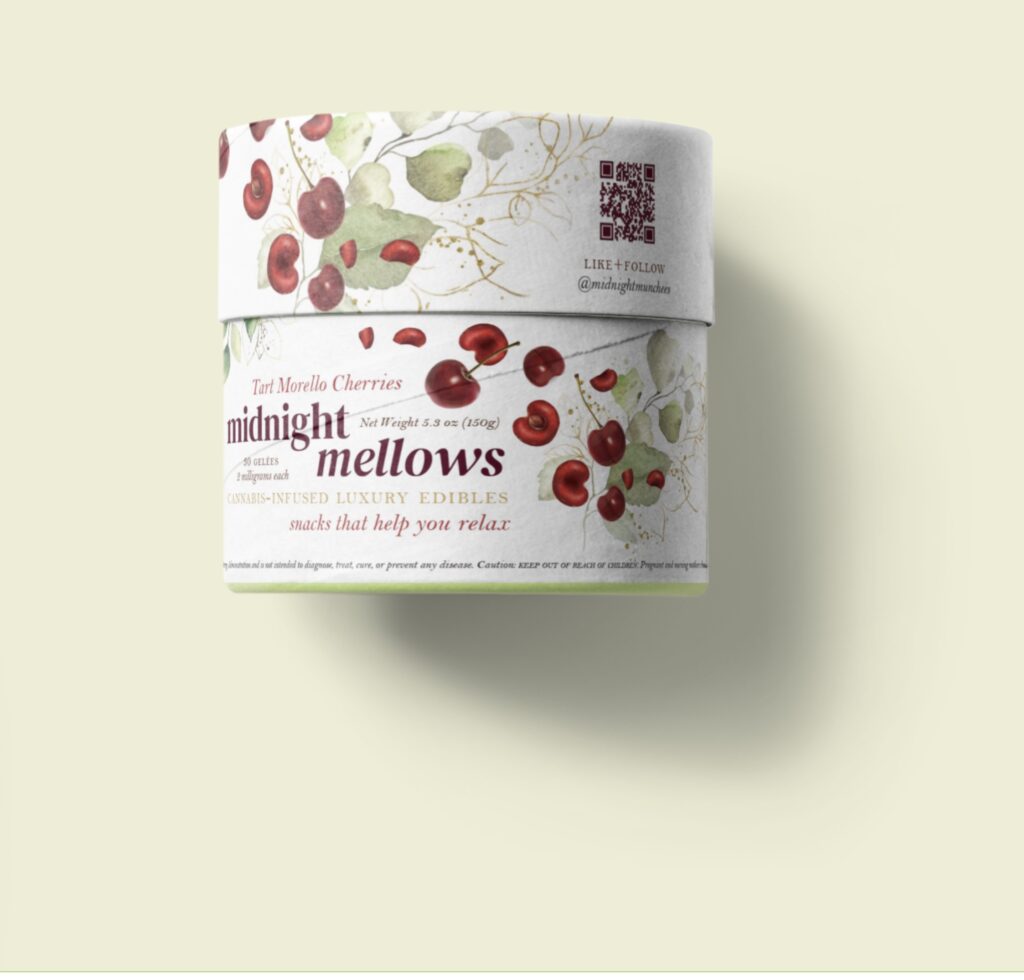
Child deterrent and opaque
“Consumer packaging for cannabis must be child-deterrent”
“Consumer packaging for cannabis products* must be opaque and child-resistant*. “
“Child-deterrent packaging” means tear-resistant packaging that can be sealed in a manner that would deter children under five years of age from easily accessing the contents of the package within a reasonable time and not difficult for adults to use properly.
“Child-resistant packaging” means packaging that is designed or constructed to be significantly difficult for children under five years of age to open or obtain a toxic or harmful amount of the substance in the container within a reasonable time and not difficult for normal adults to use properly, but does not mean packaging that all children under five years of age cannot open or obtain a toxic or harmful amount of the substance in the container within a reasonable time.”
I don’t ENTIRELY understand, on first read, their distinction between child deterrent and child resistant. My read on the situation is, that some products, like flower, can be just in “reasonably difficult” packaging for kids to open, and things that could be consumed by for kids, like edibles and tinctures, need to be kid-proof packaging.
What do I think?
Seems pretty common sense, and on par with what other states are doing. I also am happy with the distinction between things that are actually potentially harmful for kids and pets if consumed unintentionally, like edibles, vs packaging flower in child resistant packaging (which is overkill, like California requires)
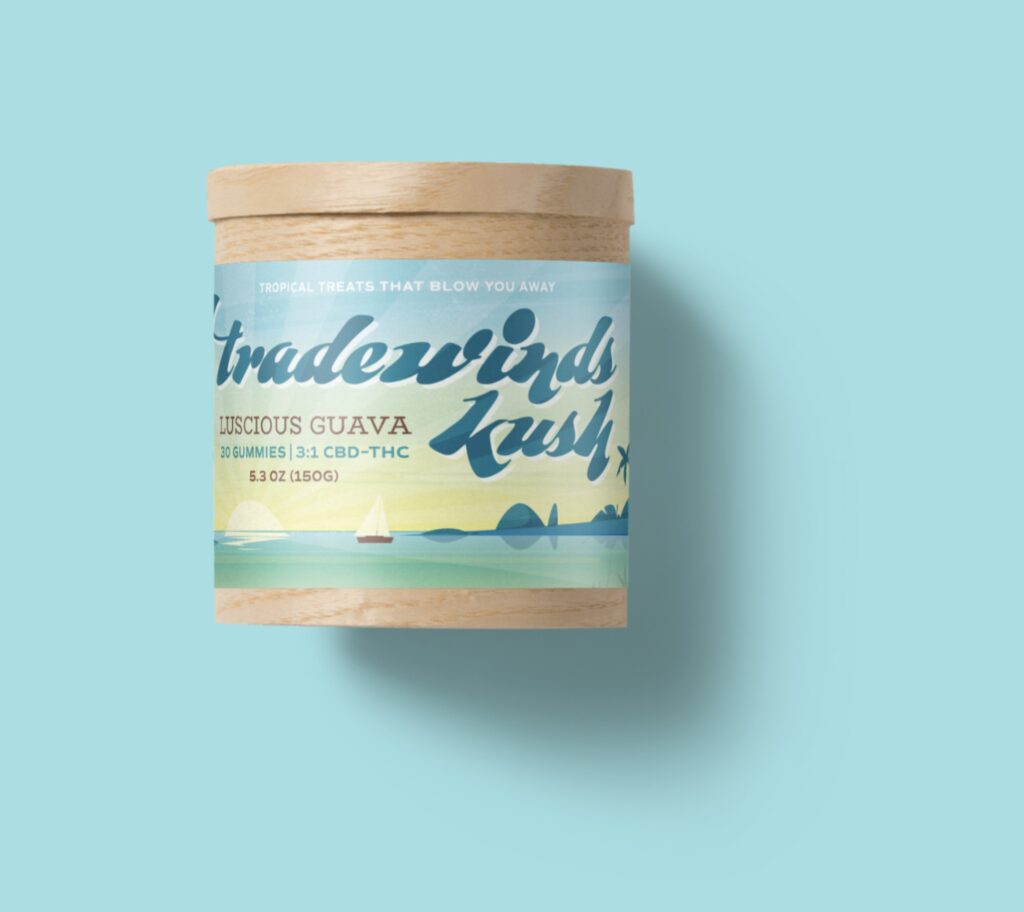
Reusable
“Reusable means packaging that is capable of repeated recovery, inspection, sanitation, repair if necessary, and reissue into the supply chain for repeated use.”
Refillable packaging means sturdier containers that are meant to be brought back, washed, and refilled. Usually made from heavier materials, and made to withstand repeated use. Outside of cannabis, a good example of this is the Loop program where ice cream containers made from steel can be returned to the store for the manufacturer to wash and refill.
What do I think
This is a great feature to recommend. Refillable and reusable packaging are among the greenest options out there – assuming they do get reused enough times. There should be some incentive for the consumer to go through the trouble of bringing it back – like a discount or CRV charged on the container. Reusable bags in store need to be reused at least 7 times for the carbon footprint to equal a single use bag, so the same is likely true for a glass jar vs a plastic baggie. But the point of this is to avoid single use, and takes plastic pollution as the main reasoning, over things like carbon footprint. (Sustainability is complicated, and there is no single right answer, all of it is a “well it depends” question).
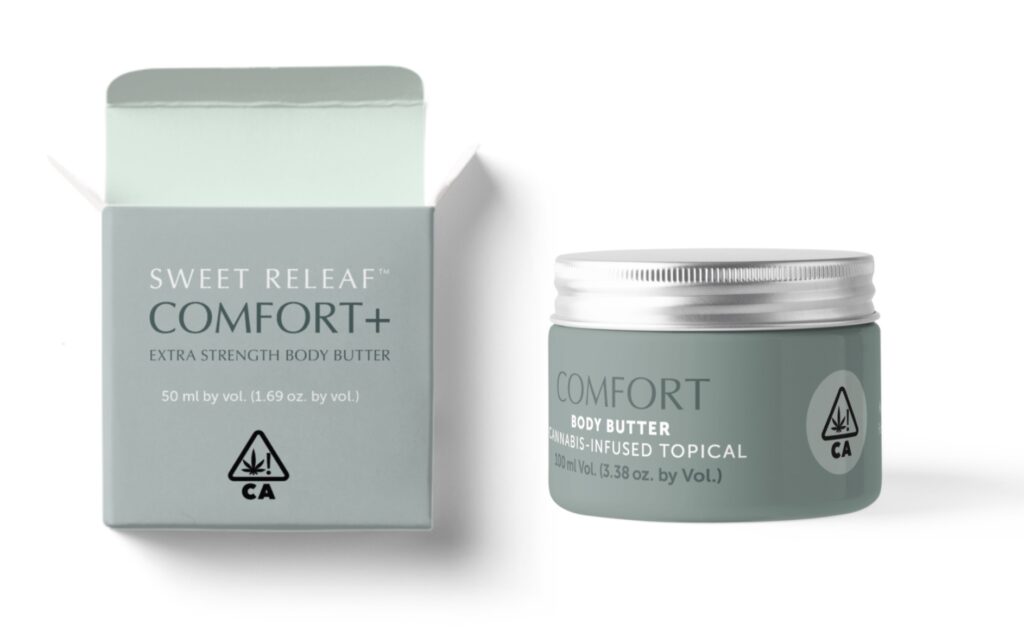
Not harmful or toxic
“Packages and containers that hold cannabis and cannabis products must protect those items from contamination and must not expose the cannabis and cannabis products to any toxic or harmful substance.”
This is quite obvious – cannabis packaging must be food safe at a minimum, ideally something that will hold up even better with the heavy terpene content of cannabis, it can be pretty corrosive to packaging.
Sustainable Vermont cannabis packaging regulations
Main gist? No single use plastic.
They want everyone to use reusable containers.
If it’s too difficult to comply to the approved packaging, licensees can seek a waiver to the CCB’s prohibition on plastic packaging. You have to be able to demonstrate hardship in finding non-plastic packaging for one of the following reasons:
- Unavailability of non-plastic packaging
- Inability to achieve child-resistance
- Necessity to preserve shelf-life stability or product safety
Allowed types of packaging with plastic parts
- Glass or other non-plastic jars with metal, wood, or bamboo lids that utilize a rubber/plastic gasket in the lid. This applies to screw top and clamp/latch top options, so long as they meet the definition of child-deterrent or resistant. So as long as the package is mostly non-plastic, it’s fine.
- Standalone foam pressure-seal liners are acceptable. These are the little foam discs that are inside a lid, like on juice bottles or vitamin bottles that you peel off.
- Glass or ceramic vape cartridges. The cartridges themselves do not have to be child resistant, provided that the cartridge’s packaging is, itself, child resistant. (well, duh). I personally think we should avoid plastic on anything that heats up, or has cannabis oil in it. You don’t want to be consuming plastic that leeches into the product.
- Plastic or rubber droppers – there’s no avoiding plastic with a dropper, so this is a no brainer.
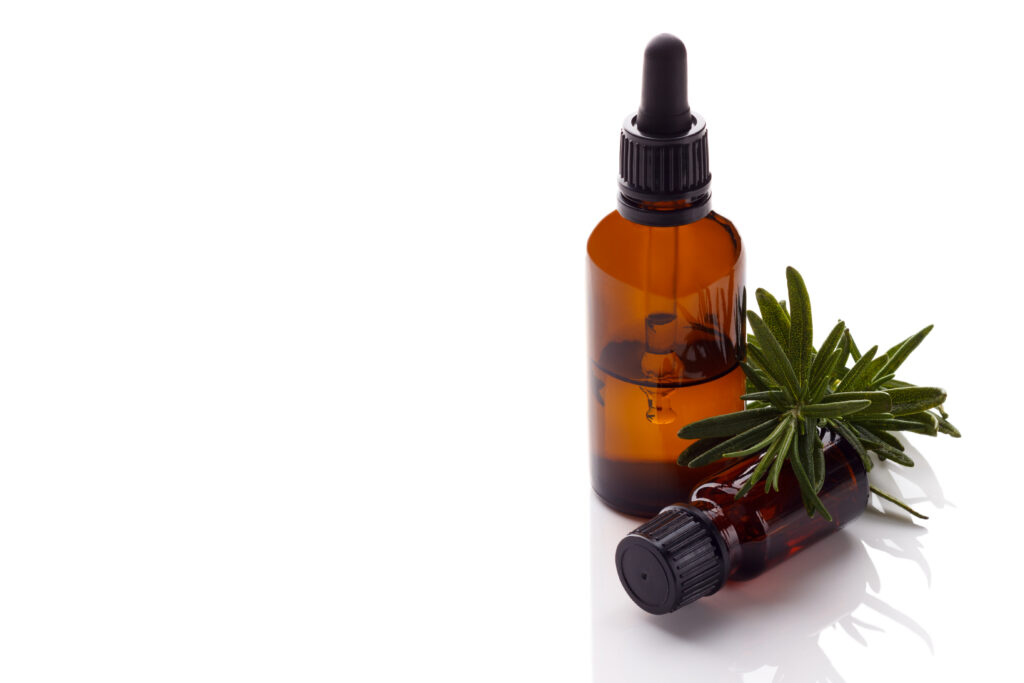
How to find sustainable options that comply with Vermont cannabis packaging regulations
Now, if only you knew a cannabis packaging designer who can help with sourcing packaging… wait, you do! It’s me! I do offer a service to help source and shop for compliant reusable cannabis packaging.
Hire me as your “personal shopper” for packaging:
Get more help
Trade organizations in the state are wonderful resources.
And the state is trying their best to make their guidance clear:
